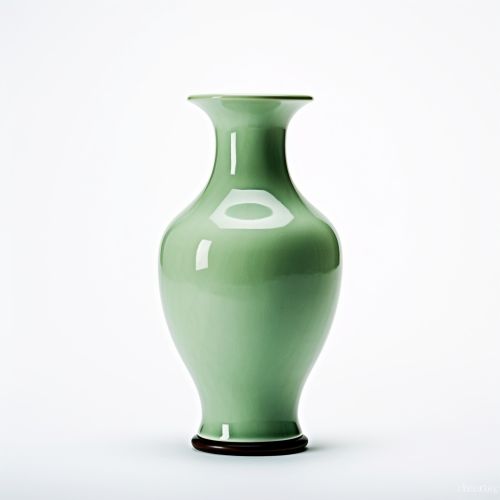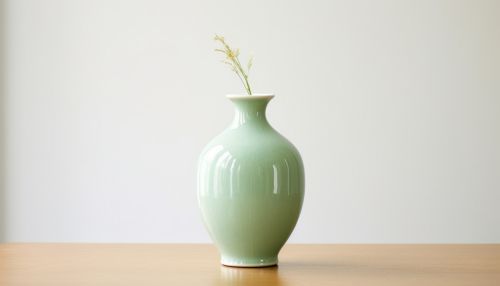Hanju
Origins and History
Hanju, also known as Korean ceramic ware, has a rich and complex history that dates back to the Neolithic Age. The earliest known examples of Korean pottery are dated to around 8000 BC, and evidence of pottery production in Korea has been found at numerous archaeological sites throughout the country. The development of Hanju was influenced by the natural resources available in Korea, including abundant supplies of clay and a long tradition of craftsmanship.


Characteristics
Hanju is characterized by its simplicity, practicality, and beauty. The ceramics are typically made from white or gray clay, and are often decorated with intricate designs or motifs. The most distinctive feature of Hanju is the use of celadon glaze, a type of glaze that produces a jade-green color when fired. This unique glaze gives Hanju its characteristic appearance and has contributed to its popularity both in Korea and internationally.
Production Techniques
The production of Hanju involves a series of complex processes, including clay preparation, shaping, decorating, glazing, and firing. The clay used in Hanju is typically sourced from local areas, and is carefully selected for its quality and suitability for ceramic production. The shaping process involves the use of a potter's wheel, and the resulting forms are often simple and functional. The decoration of Hanju is typically done by hand, and can include intricate designs, motifs, or inscriptions. The glazing process involves the application of a celadon glaze, which gives Hanju its characteristic jade-green color. The final step in the production process is firing, which is done in a kiln at high temperatures.
Styles and Types
There are several different styles and types of Hanju, each with its own unique characteristics and aesthetic qualities. These include:
- Buncheong ware: This type of Hanju is characterized by its grayish-white color and decorative designs, which are often created using a technique known as inlay.
- Goryeo celadon: This is perhaps the most famous type of Hanju, known for its beautiful jade-green glaze and intricate inlaid designs.
- Joseon white porcelain: This type of Hanju is known for its pure white color and simple, elegant forms.
- Punch'ong ware: This type of Hanju is characterized by its bold, dynamic designs and use of slip decoration.
Cultural Significance
Hanju has played a significant role in Korean culture and history. It has been used in various cultural practices, including tea ceremonies, ancestral rites, and as burial goods. Hanju is also highly valued for its aesthetic qualities, and is often used as a form of decorative art. In addition, the production of Hanju has contributed to the development of Korea's ceramic industry, and has played a key role in the country's economic and cultural exchanges with other countries.
Modern Hanju
In the modern era, Hanju continues to be produced and appreciated for its beauty and craftsmanship. Contemporary Korean ceramic artists often draw on the traditions and techniques of Hanju, while also incorporating modern design elements and innovations. As a result, modern Hanju represents a fusion of traditional and contemporary aesthetics, and continues to be a vibrant and dynamic part of Korean culture.
